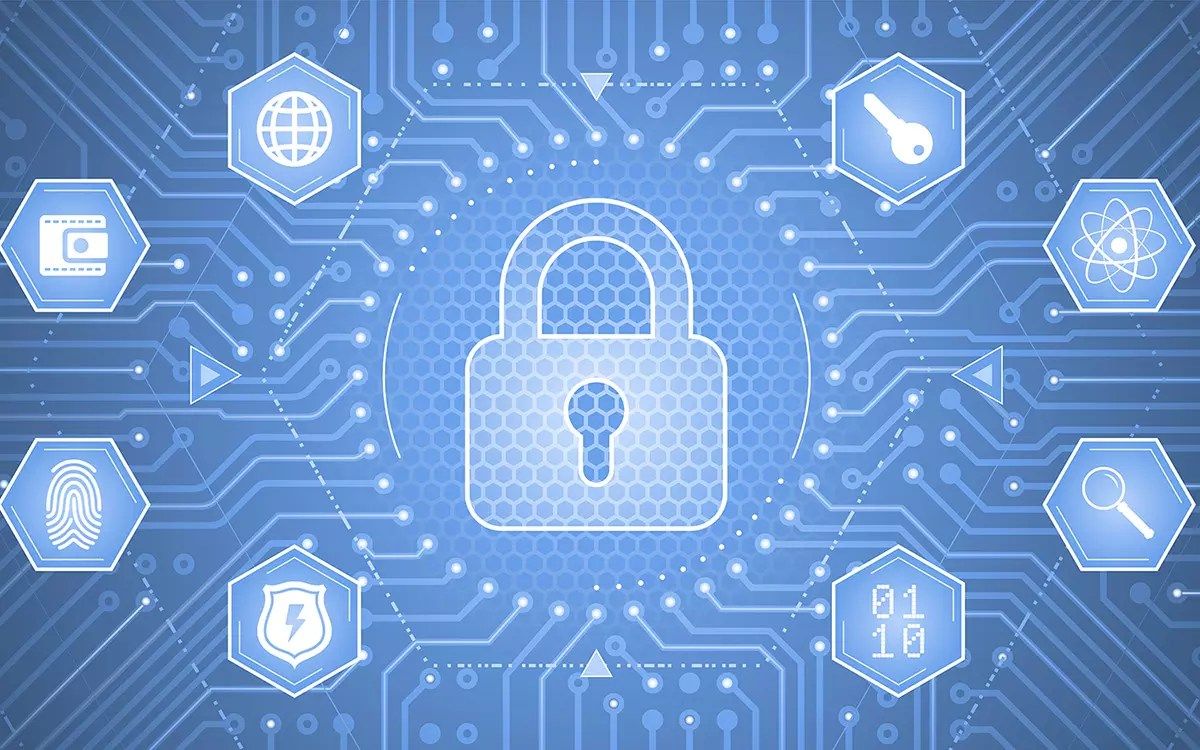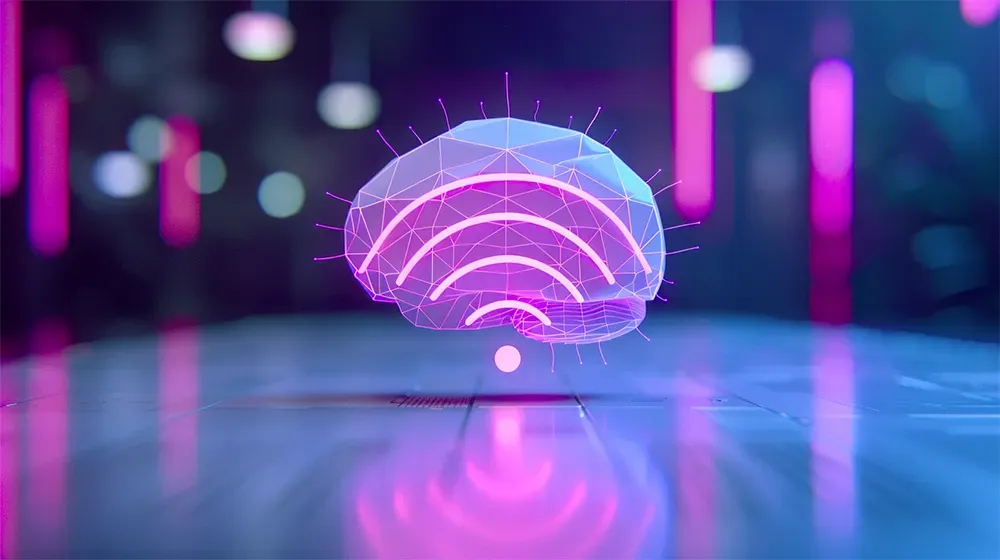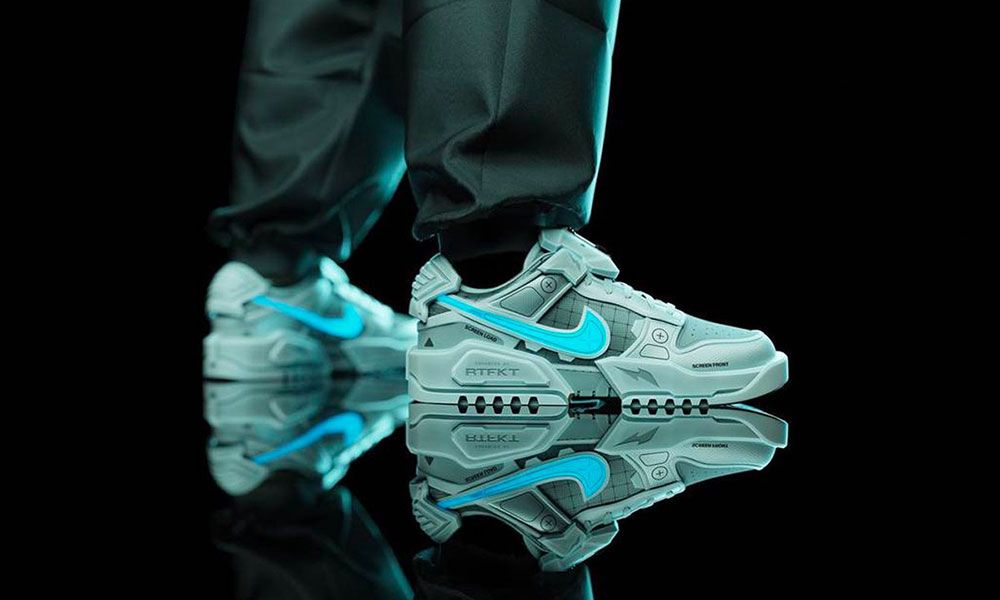3 Ways Blockchain Will Transform the Internet of Things

There is no denying the power of the Internet of Things (IoT). IoT devices are already in 60 percent of U.S. homes using a broadband connection, and an estimated 200 million vehicles will be connected to the internet by 2020, standing to transform entire industries for a good reason. By the end of 2017, approximately 8.4 billion devices are projected to be connected to the IoT — that is more than the human population. It is only going to expand as time moves on, as more data is created by these smart devices and as technology continues to advance. These numbers are expected to increase exponentially to 24 billion IoT devices communicating by 2020 and as many as 75.44 billion IoT devices by 2025. However, this also brings about some concerns that you should be aware of, including security concerns, reliability and the validity of transactions.
However, blockchain technology stands to cause a huge impact on the Internet of Things. The combination of data that cannot be altered but can be traced and verified from connected devices will drive the birth of transactions among connected devices. With the power of blockchain technology, connected devices will be able to network and conduct commerce in the form of microtransactions using a cryptocurrency. Blockchain technology will also enhance security among connected devices. Here are a few key aspects you should consider when including blockchain as part of your IoT strategy.
1. Blockchain Will Enhance IoT Security
Security is important for any company these days as data breaches and ransomware become prevalent across industries. These incidents can cost companies as much as $4 million for each occurrence. Companies can improve the security of transactions that will occur among IoT devices by establishing online reputation systems. For example, the automotive industry faces this issue with the proliferation of security vulnerabilities in connected devices, as IoT devices made from different manufacturers used with cars do not necessarily have the same security measures. Businesses and clients can verify the validity of the person or system trying to access the connected car via blockchain technology that establishes a reputation system online. A reputation system for connected devices helps to establish trust based on past transactional history. This impacts security by reducing risk, which helps to increase security. This becomes even more important as autonomous cars and connected car adoption increase to improve productivity and the on-time delivery of online orders. Companies already facilitating online reputation systems with blockchain, such as Abra and Bitfury, have the power to secure back-end data. IoT companies and manufacturers can apply these approaches across several industries and business activities to help keep vulnerable information secure.
2. Blockchain Will Drive Commerce Among IoT devices Via Crypto Currency or Tokens
With blockchain technology, the IoT can be transformed into an Internet of Value, where exchanges of transactions can take place safely and easily among devices. Specifically, microtransactions, such as the pay-as-you-go model game companies use to entice users to purchase more content, can utilize blockchain to verify the validity of transactions. This becomes important for producers of content that will use IoT devices to automate in-app purchases of gaming content, especially as credit card fraud fuels underground black markets selling illegitimate virtual goods. However, transactions can be verified using private tokens exclusive to users or cryptocurrency with the power of blockchain’s distributed network of ledgers. Through tokenization and cryptocurrency, microtransactions that allow individuals to pay as they receive a service can take place with little interruption. Thus, IoT companies and manufacturers should work to include tokenization and cryptocurrency as part of their IoT strategy. Some companies already doing this include SatoshiPay and IOTA.
3. Blockchain-Enabled Smart Contracts Can Help Protect and Automate Transactions Via IoT
Smart contracts act as a vending machine that is based on the blockchain and verifies the validity of a contract to protect all parties involved and to automate processes. Smart contracts can be used to automate a variety of steps in a process, from automatically enforcing contracts between two or more parties to reducing the time it takes for verifying information within a contract to facilitate automatic inventory ordering, tracking and management among suppliers. It stands to empower buyers and sellers to share their resources and services using a network of devices that connect to the IoT. With blockchain smart contracts, transactions can occur among complete strangers by creating trust and reliability. The distributed peer-to-peer network of the blockchain makes it easy for parties to verify the validity of a transaction without the need of an intermediary, such as a lawyer or a bank official. The use of smart contracts is already happening. Companies, such as UniquID and Filament, use smart contracts to facilitate and verify the validity of transactions. For example, UniquID identifies IoT devices while they are offline using smart contracts and blockchain technology, such as connecting your smartphone with a Zipcar rental. Filament uses smart contracts to verify the inputs and outputs of industrial machines using a blockchain to enable devices to enforce contractual agreements on its own. However, it is key that enterprise leaders consider privacy concerns among transactions carried out among IoT devices.
Final Thoughts
The Internet of Things will only expand with technological advances and time, and so will the opportunity for security issues. Thus, it is vital for enterprise leaders to consider combining IoT strategy with a blockchain strategy to stay competitive and to offer the services and products that will push innovation. Combining these two strategies can change and improve business for IoT manufacturers and companies, creating new ways to conduct business and even sparking new business models.
Image: Sergey Tarasov/Shutterstock





